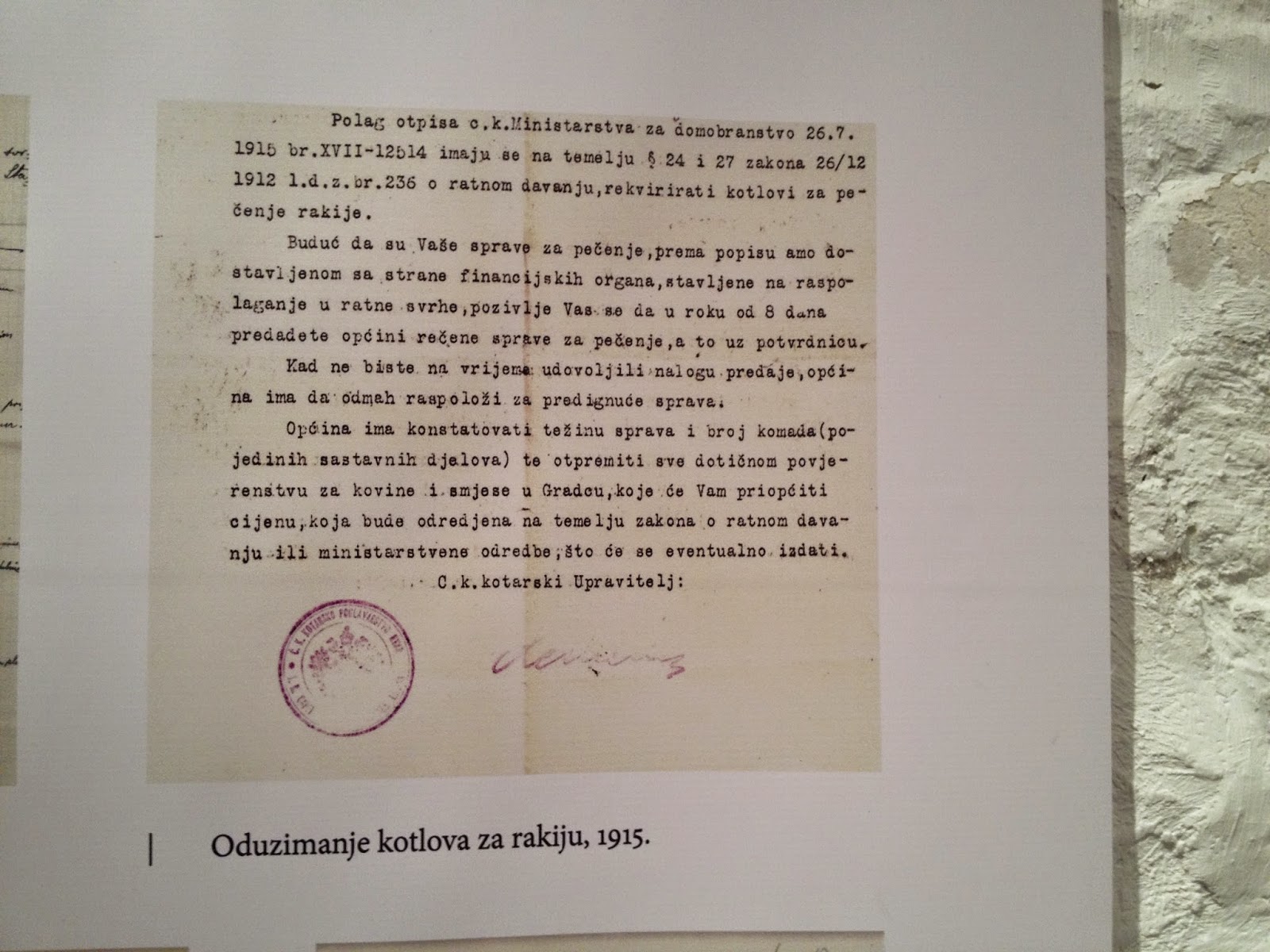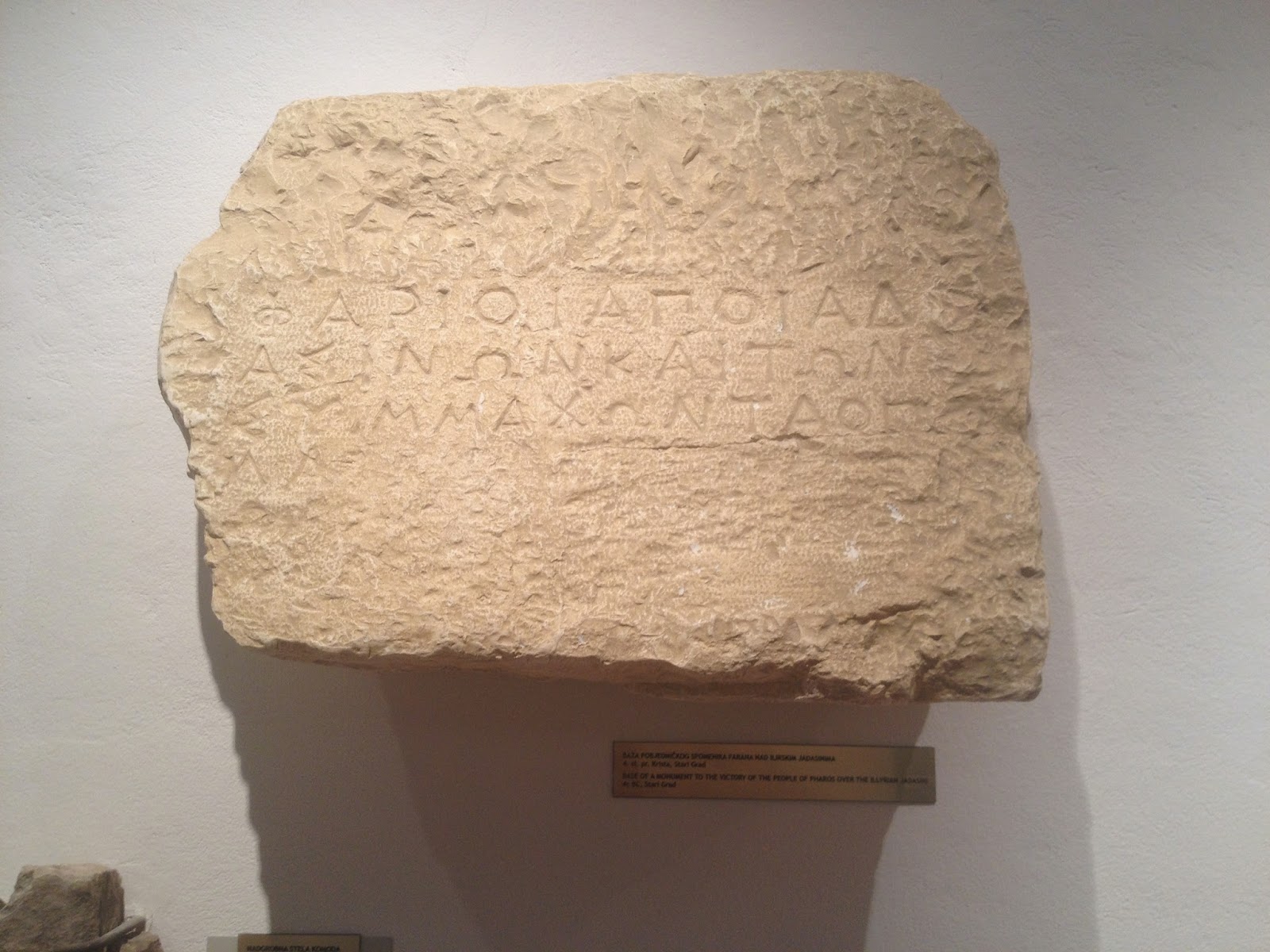Usually I spend my
vacations during the summer on the island of Hvar in Croatia. In my opinion, the
island has a vibrant history. The name of the island had its origin when parts
of the island were colonised by the Ionian Greek settlers from the polis of
Pharia during 4th century BC and the time of antiquity. More information about
the island can be found here on UNESCO:s webpage since the island offers for visitors
to see the agricultural plains that are still in use since the arrivals of
Ionian Greeks. The plains are based in the municipality of Stari Grad , a small city which used to be the central city on the island before the town of Hvar became bigger. Also, the island has
traces of the early Christianity form 5th century AC. Here I will
present the arts of the islands history I pictures.
Here you can also watch a video about the island made by UNESCO.
The so-called fortress-church St.Mary
It is from the 15 century and based in the city of Vrbovska. This was a way to defend the church from attackers, during the period of conflicts between the Ottoman Empire and Venice republic. On the second picture and third, it is possible to see parts of the defence wall.
The Square in Stari Grad
English = Square.
BCMS ( Old Serbo-Croatian) = Trg
Dalmatian = Škor
Tvrdalj - The villa of Petar Hektorović
Petar Hektorović lived during the period of 1487-1572. He was a nobleman, poet and an intellectual during
the Renaissance period in 16 century. His main famous work was “Fishing and Fishermen’s Talk” (Ribanje i ribarsko
prigovaranje) written in 1555 and published in 1568 as a
pastoral and philosophic narrative poem.

St. Stephens Square and church
Stari Grad city museum - The regular exhibition and the extraordinary World War One exhibition
I visited the city museum in Stari Grad and was most surprised by the exhibition about the island of Hvar and the First World War. Also, it was impressive to see all the artefacts from the time of Greek and Roman antiquity and from the early Christians.
Some artefacts that were brought up from the sea during the middle of 90's.
A church, mosaic and across sculpture representing the early Christians
Not the part of the museum but a small church near the Archaeological centre, Partly with constructions from the 5 century AC.
More antiquity from times of Greeks and Romans and some historical sources about Pharia
Local heroes: Painters Bertol Petrić and Juraj Plančić
From the WWI exhibition
War vessels from the Austro-Hungarian Navy in Stari Grad.
Citizens of Stari Grad in AU army and navy.
Confiscation of producing equipment for rakija ( strong booze widespread on Balkans).
Picture of Stari Grad and its Italian name = Cittavecchia
Rationing coupon for coffee. Breaking of the law could give 6 months in prison or a significant financial punishment.
Example of the political ambitions to form the early Yugoslav state of Kingdom of Serbs, Croats and Slovenes. Demonstration was held only six days after the cease-fire on the Western front. However, the island of Hvar comes under Yugoslav jurisdiction first during the spring of 1921 after being under the Italian administration.
Island of Hvar is an example of the political conflict that had its origins when the islands in the Adriatic Sea where promised by Entente to both Italy and the SCS Kingdom. In April of 1921, the SCS navy and military personnel were welcomed by islanders as liberators.
Dominican monastery St.Peter the Martyr
The Dominican monastery has a small but impressive museum with artefacts from the different periods of Stari Grad.
Me at the entrance to the monastery's mess and praying hall.
From left to right: Cardinal, Bishop and a priest.
Old books <3
Illyricum
Money - From the Greek period























































Inga kommentarer:
Skicka en kommentar